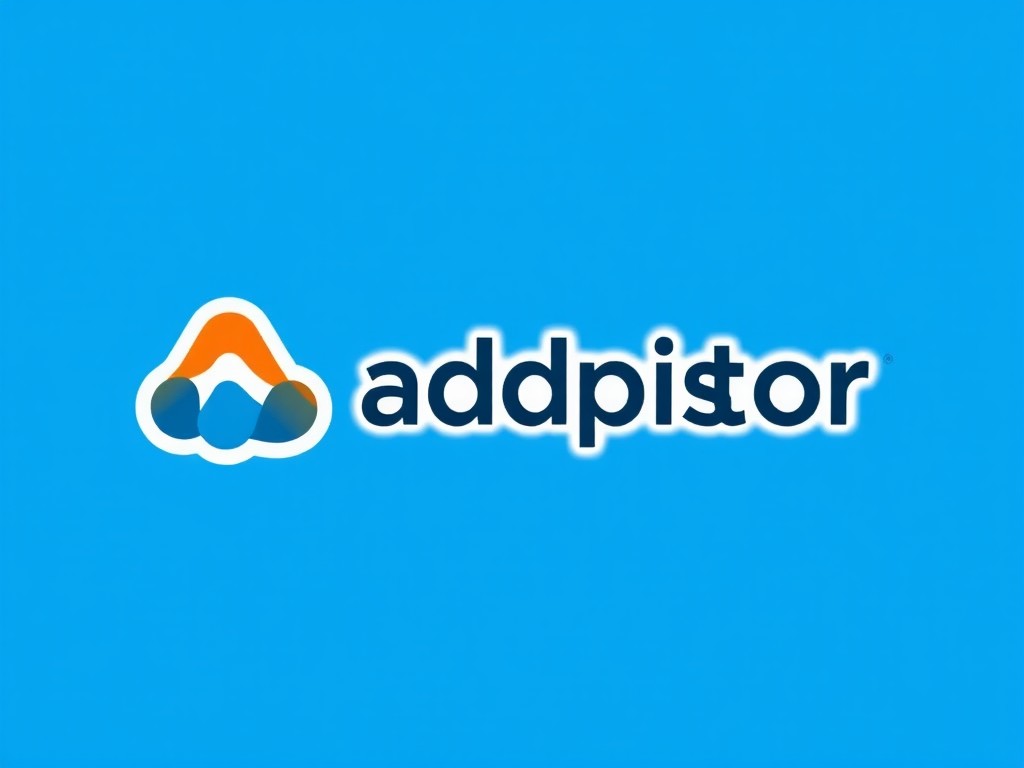Responsible pet management practices
When practicing responsible pet ownership, especially in the UK, it is essential to balance the well-being of cats and dogs with wildlife protection efforts. Cats, known for their predatory instincts, can significantly impact native bird populations and small mammals. To mitigate this, keeping cats indoors or providing them with protected outdoor spaces is highly effective. Enclosed patios or “catios” allow cats to enjoy fresh air and stimulation while preventing them from hunting wildlife.
For dogs, the UK pet guidelines emphasize the importance of leashing and close supervision in natural habitats. Loose dogs may disturb or chase wildlife, causing stress or physical harm. Using a lead not only controls a dog’s movement but also reduces the chance of encounters that could negatively affect native species.
Additional reading : What are the regulations for pet ownership in the UK?
Further, reducing the predatory impacts of pets involves structured management strategies. This includes training cats and dogs to reduce hunting behavior and being vigilant about their outdoor time, especially during breeding seasons for vulnerable wildlife. Responsible pet ownership ensures that pets live safely without compromising the surrounding ecosystem, maintaining harmony between domestic animals and the wild.
Choosing wildlife-friendly pet products
When opting for sustainable pet products, it is crucial to prioritize items that minimize harm to the environment and support UK wildlife conservation. This begins with selecting pet food sourced from ethical, sustainable production methods. Look for brands that use natural, locally sourced ingredients and avoid those involved in deforestation or overfishing, which contribute to habitat loss.
Topic to read : How can you ensure your pet’s safety in the UK countryside?
In addition, choosing eco-friendly pet care involves avoiding toys or accessories made from non-recyclable plastics or materials linked to invasive species spread. For example, some synthetic stuffing can harbor pests that disrupt native wildlife. Opt instead for biodegradable or recycled materials that reduce environmental impact.
Supporting UK-based brands strongly dedicated to eco-friendly pet care ensures that your purchase supports local economy and conservation efforts. Many companies incorporate wildlife preservation into their mission, making it easier to align your buying habits with protecting native ecosystems. By being selective and conscientious, pet owners can significantly contribute to conserving wildlife habitats and preventing ecological damage through everyday choices.
Supporting UK wildlife conservation efforts
Helping conservation charities UK play a vital role in preserving native habitats and species. One impactful way to contribute is by donating to reputable wildlife organizations. These donations directly fund projects such as habitat restoration, species monitoring, and public awareness campaigns, ensuring effective use of resources toward sustaining biodiversity.
Volunteering your time or skills to local wildlife groups offers another meaningful avenue. Many organisations welcome volunteers for activities like habitat management, wildlife surveys, and educational outreach. This hands-on involvement benefits both the environment and your understanding of conservation challenges.
For those who also have pets, accessing UK-based resources can deepen knowledge about supporting native wildlife. These resources provide guidance on creating wildlife-friendly gardens or managing pets responsibly to minimize disturbance. Engaging with these materials complements contributions to charities and volunteering efforts, fostering a well-rounded approach to wildlife conservation in the UK.
Creating wildlife-friendly gardens and outdoor spaces
Designing wildlife-friendly gardens requires balancing the needs of both pets and native species. In the UK, integrating UK native species into your garden supports local ecosystems and encourages biodiversity. Native plants are well-adapted to the climate and soil, providing natural food and shelter for birds, insects, and small mammals. Choosing these species can also reduce maintenance while benefiting wildlife.
Garden safety is paramount when coexisting with pets and wildlife. Creating secure areas where pets cannot disturb vulnerable species or damage habitats helps maintain harmony. Avoiding toxic plants and hazardous garden elements ensures that both pets and wildlife remain safe. For example, some common garden plants may be poisonous to cats or dogs but safe for wildlife; careful selection is critical.
It’s essential to prevent the use of harmful chemicals such as pesticides and herbicides that can poison insects and other animals. Employing natural pest control or organic alternatives protects the garden’s delicate balance. Moreover, installing wildlife-friendly barriers or shelters—like hedgehog houses or insect hotels—while avoiding nets or fencing that can trap animals, promotes a safe environment. Overall, designing gardens with an awareness of the needs of both pets and native wildlife creates a sustainable and vibrant outdoor space.
Preventing pet-related harm to native species
Ensuring harmony between pets and the wild inhabitants of the UK
In the UK, the impact of pets on wildlife is a significant concern, especially considering the delicate nature of many native species. Legislative guidelines emphasize pet owners’ responsibilities to minimize disturbances or harm caused by their animals. For example, the Animal Welfare Act stipulates that owners must take all reasonable steps to ensure their pets do not cause suffering to wild animals. This legal framework signals the importance of managing pet behavior around native species in their natural habitats.
One effective measure urged by legislation is the microchipping and identification of pets. This not only helps in quickly returning lost animals but also reduces the chances of pets becoming strays that could pose a threat to wildlife. Stray pets may hunt or scare native animals, altering ecological balances and sometimes causing injury to vulnerable species.
Moreover, pet owners are encouraged to be vigilant and proactive in reporting wildlife injuries or unusual interactions caused by pets. Observing and notifying local wildlife organizations or authorities about incidents can help track the impact pets have on native species and lead to timely interventions. This cooperation is crucial in protecting the biodiversity that defines the UK’s natural environment.
Understanding and adhering to these legislative guidelines is the foundation of responsible pet ownership. It safeguards native species while allowing pet owners to enjoy their companions outdoors. Recognizing the potential pet impact on wildlife enables people to take informed steps that benefit both their pets and the broader ecosystem.
Understanding Precision and Recall in SQuAD Evaluation
Precision and recall are crucial metrics in evaluating the quality of predictions on the Stanford Question Answering Dataset (SQuAD). Precision measures the accuracy of the prediction by calculating the ratio of correctly predicted tokens to the total number of tokens predicted. It is defined as:
Precision tp / (tp + fp),
where tp represents the number of tokens shared between the correct answer and the prediction, and fp denotes tokens that appear in the prediction but not in the correct answer.
Recall, on the other hand, assess how well the prediction captures the relevant information present in the correct answer. It is calculated as:
Recall tp / (tp + fn),
with fn representing tokens present in the correct answer but missing in the prediction.
Using these metrics in tandem provides a balanced view of a model’s performance: precision highlights the exactness of the prediction, while recall emphasizes completeness. For instance, a high precision but low recall indicates the model’s predictions are accurate but possibly incomplete, whereas the opposite suggests more comprehensive but less precise answers.
Accurately computing tp, fp, and fn relies on token-level comparison, making exact token matching essential for effective model evaluation on the SQuAD dataset. This method ensures detailed assessment beyond simple exact match scoring, capturing the nuanced differences between predicted and true answers.
Understanding these metrics helps users and developers improve question-answering systems by highlighting specific areas, such as reducing false positives or boosting coverage of the correct answer tokens.





